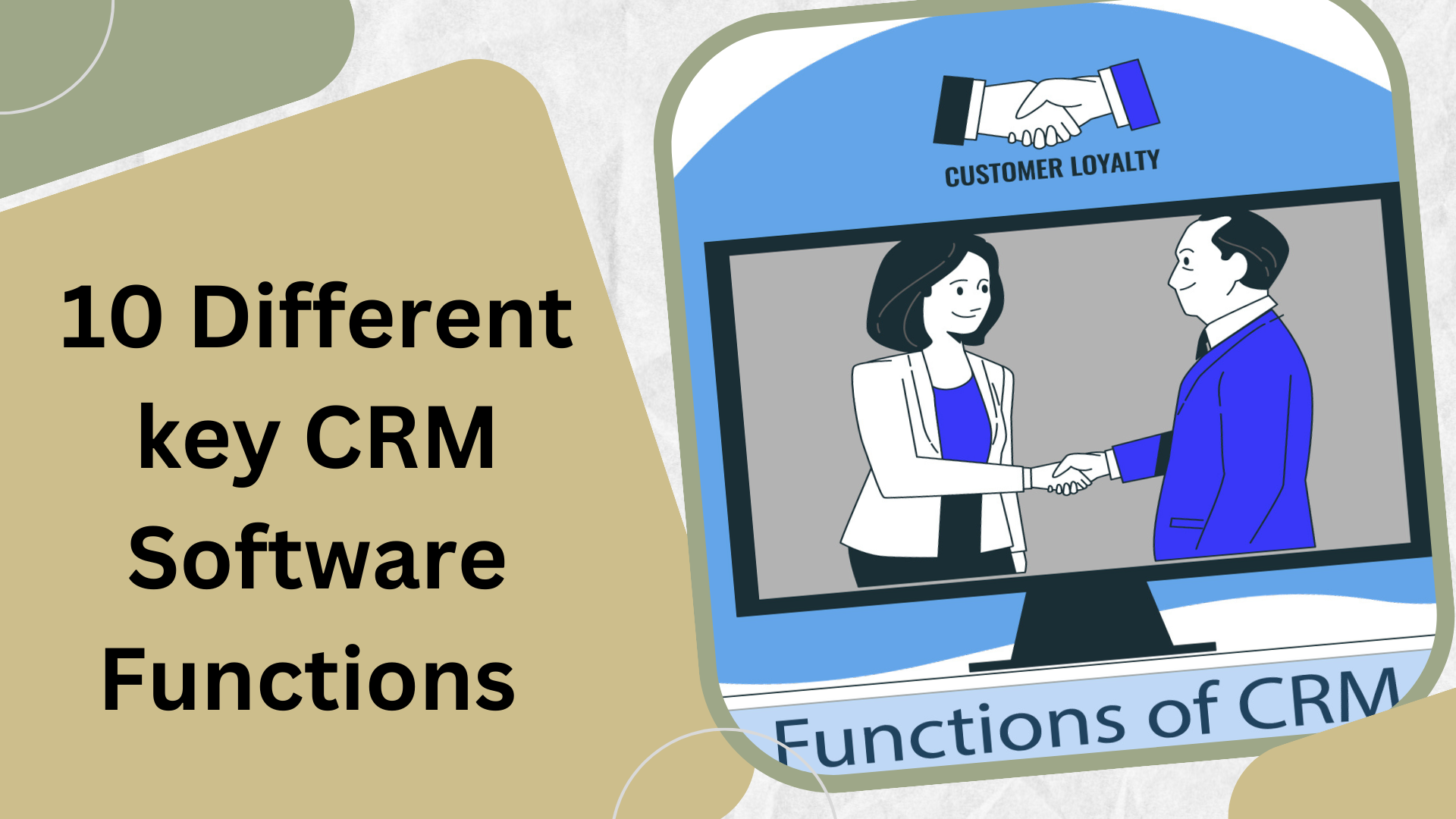
What a Sales Pipeline is and How to Build One? – Definition
What Is a Sales Pipeline?
A sales pipeline is a structured and visual representation of a sales prospect stages before purchasing. Think of it as a roadmap that guides sales teams through identifying, nurturing, and closing deals. The primary purpose of a sales pipeline is to provide a clear and organized framework for managing sales opportunities. Sales pipelines are crucial for businesses of all sizes, from startups to multinational corporations. They serve as a central tool for sales teams to track, prioritize, and forecast their sales efforts effectively.
Benefits of The Sales Pipeline
Some of the significant benefits of pipeline are explained below in detail.
● Line up the Sales Process– Your company sales processes are typically reflected in the sales pipelines in your CRM software. Therefore, when you build
up your sales funnel, you’re setting rules for your salespeople to adhere to. Without worrying about missing opportunities, sales representatives can manage, monitor, and control the development of each deal.
● Enhance the Efficiency and Productivity– The next advantage of having a sales funnel is that it boosts efficiency and productivity at work. Sales representatives can concentrate on the offers with a greater conversion rate because deals are grouped in the pipeline according to their conversion rate.
● Make Finalization Quick– Businesses can use CRM software to keep their data in the cloud. A company can reduce manual work by putting corporate data on the cloud. Sales professionals close transactions more quickly and generate more sales income with increased productivity and efficiency.
● Help Track Team’s Progress– The sales representatives must complete the necessary list of tasks for the deals to advance to the next phase. The managers and business owners have excellent transparency and visibility thanks to the sales pipeline. As a result, the sales managers can establish reasonable sales goals and ensure sales representatives push hard to close deals.
What are the stages of a Sales Pipeline?
While the specific stages in a sales pipeline may vary by industry and organization, the core stages typically include:
- Lead Generation: This is the initial stage where potential customers are identified, often through marketing efforts.
- Prospecting: Leads are evaluated to determine their suitability and potential as paying customers.
- Qualification: At this stage, sales professionals assess the lead interest, needs, and budget to ensure alignment with the offering.
- Presentation: Sales representatives present their product or service, highlighting its benefits and value to the prospect.
- Handling Objections: The prospect concerns or objections are addressed and resolved to move the deal forward.
- Retention: This is the final stage, where the goal is to secure a commitment from the prospect, leading to the sale.
What is Sales Cycle in CRM?
The sales cycle in Customer Relationship Management (CRM) refers to converting a lead into a paying customer. It encompasses all interactions and touchpoints between the business and the prospect. CRM systems are crucial in managing the sales cycle by capturing and organizing data, automating tasks, and providing insights that aid decision-making.
Conclusion
In conclusion, a well-managed sales pipeline is an indispensable tool for any sales- driven organization. You can learn all about what is a Sales Pipeline, its benefits, and its stages from the above-given information.





